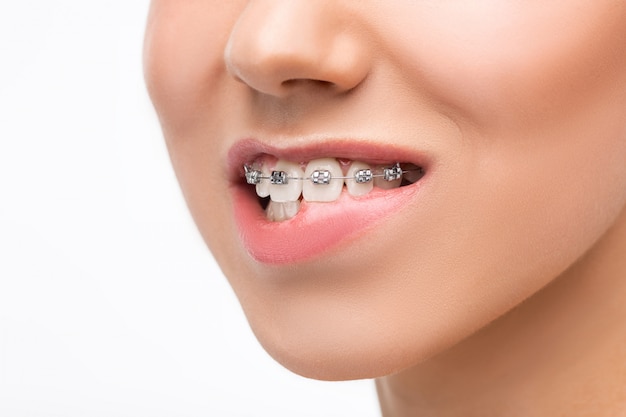
Orthodontics is a term many people are familiar with; it refers to the branch of dentistry focused on positioning teeth correctly and fixing misalignments. People often see an orthodontist when they feel self-conscious about crooked teeth or an unsatisfactory smile. An orthodontist is a professional who has specialized training and experience in orthodontics.
One of the main issues people want to address is crooked teeth, which can make it hard to maintain oral health. This misalignment can lead to problems like early tooth loss, decay, and gum diseases, which can cause muscle strain when you chew. Poor oral health can even result in headaches, neck and shoulder pain, and TMJ syndrome. Having crooked teeth can also affect your self-esteem, so consulting with an orthodontist is advisable.
Improving Skills in Orthodontics
Dentists who aim to improve their orthodontic skills often enroll in continuing education classes or attend seminars like those offered by Gerety Orthodontic Seminars. These sessions help them learn about the benefits and key concepts of orthodontic treatment. Through these, you can understand the science behind teeth straightening and help patients achieve a beautiful smile. An orthodontist needs to address jaw misalignment, crooked teeth, and similar issues that impact a person’s appearance.
Staying updated with new techniques and trends in orthodontics is crucial, requiring regular training and participation in courses and seminars.
Common Orthodontic Problems
To properly address orthodontic issues, consulting an orthodontist is essential. They use diagnostic tools, review patient medical and oral health history, perform exams, and use models and x-rays to determine if orthodontic appliances are needed. This education is critical in planning the right treatment.
Some common orthodontic problems include:
– Overbite: Also known as “buck teeth,” where the upper teeth stick out over the lower teeth.
– Crossbite: Occurs when the upper teeth do not align properly with the lower teeth when biting.
– Underbite: Known as the “bulldog” problem, where the lower teeth extend past the upper teeth.
– Openbite: When there are spaces between the biting surfaces of the teeth, causing the mouth to appear open when closed.
– Crowding: Happens when there isn’t enough space for teeth within the mouth, leading to misalignment.
– Spacing: Gaps between teeth due to missing teeth, necessitating orthodontic intervention.
– Misplaced Midline: When the center of the upper front teeth doesn’t align with the center of the lower teeth.
To fix these issues, orthodontists use various devices, both fixed and removable, that move the teeth and aid jaw development or muscle retention. Common tools include:
Braces
Braces are widely used in orthodontics and are considered fixed appliances. Traditional braces consist of metal wires and brackets that attach to the teeth. Bands secure them around the teeth, acting as anchors, while brackets are attached to the front of the teeth. Archwires run through the brackets and connect to the bands. Gradually tightening these wires helps realign the teeth.
Clear Aligners
For those who prefer a less noticeable option to traditional braces, clear aligners like Invisalign are available. They work similarly to fixed appliances by moving teeth but lack brackets and wires. Invisalign aligners are clear and removable, making them convenient for eating and oral hygiene.
When choosing an orthodontist, ensure they stay current with orthodontic education. The right orthodontist will provide appropriate treatment options based on your specific oral health needs.